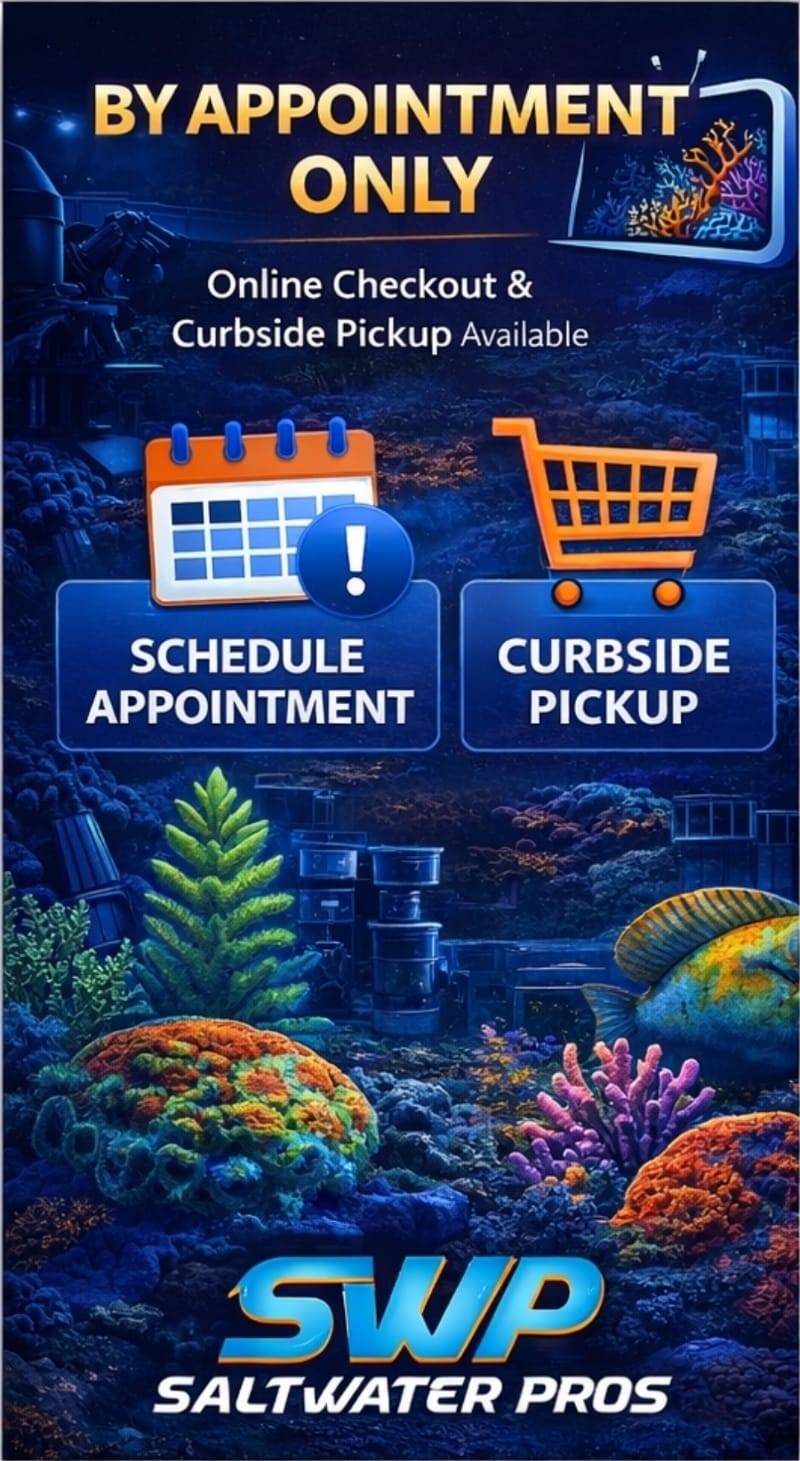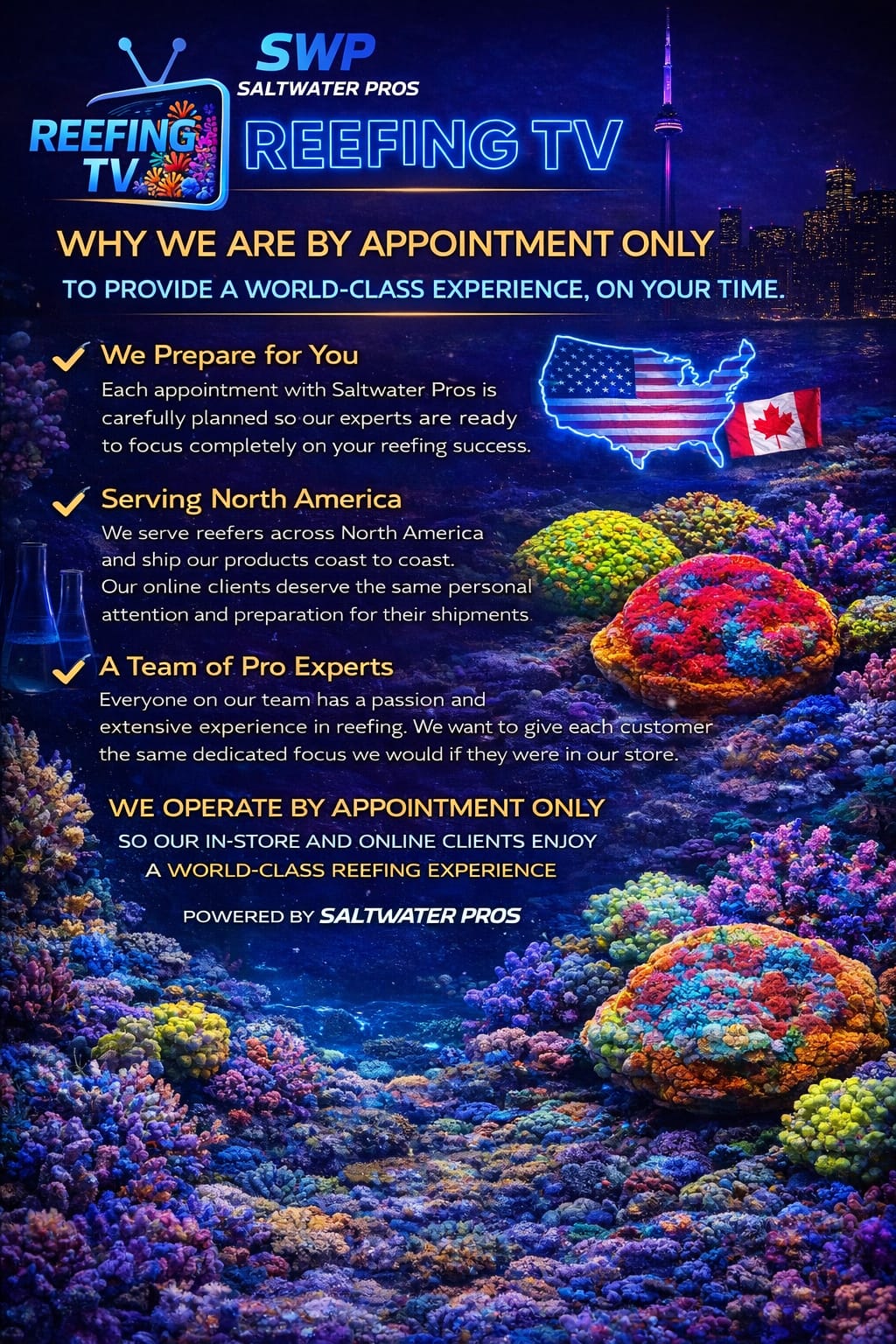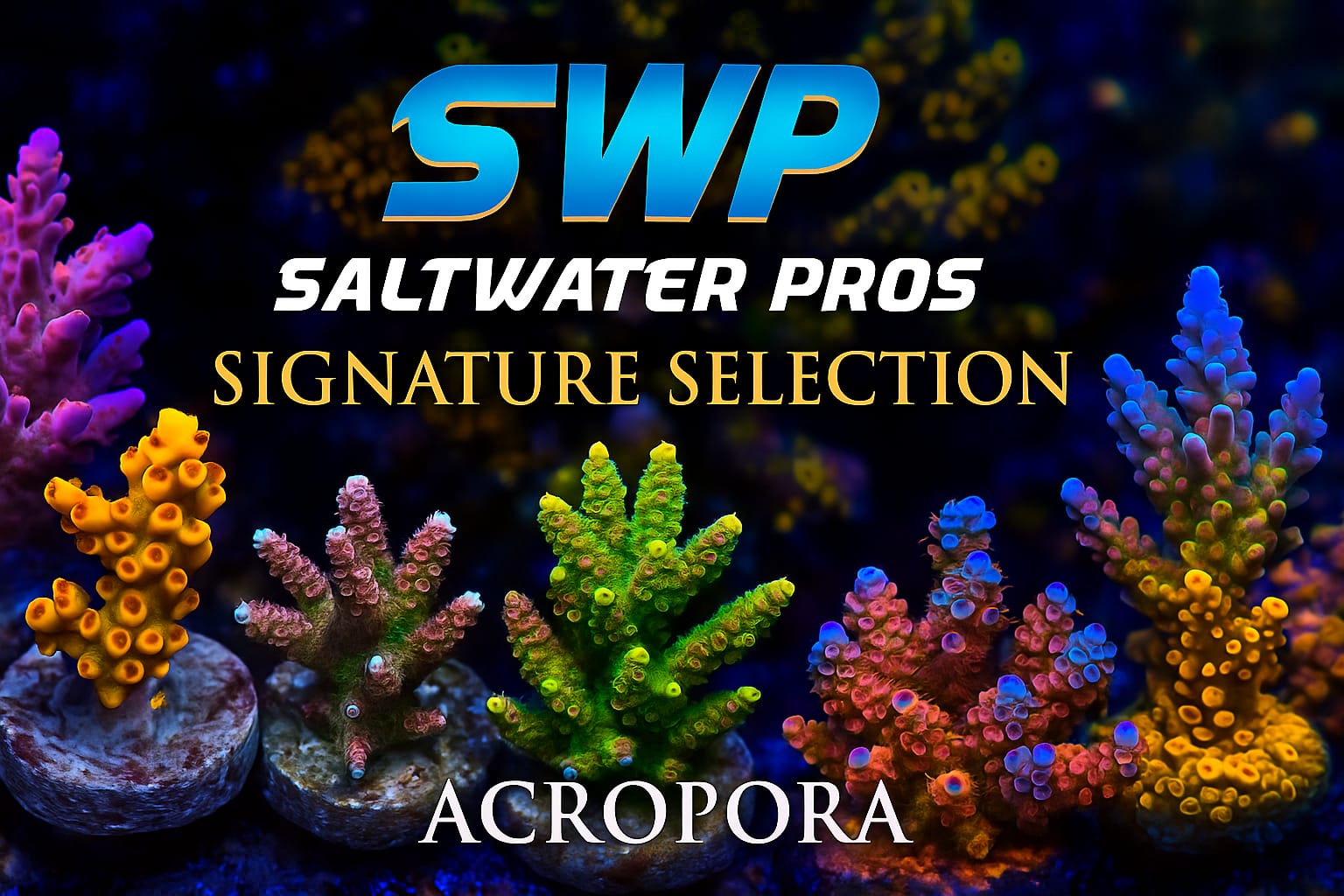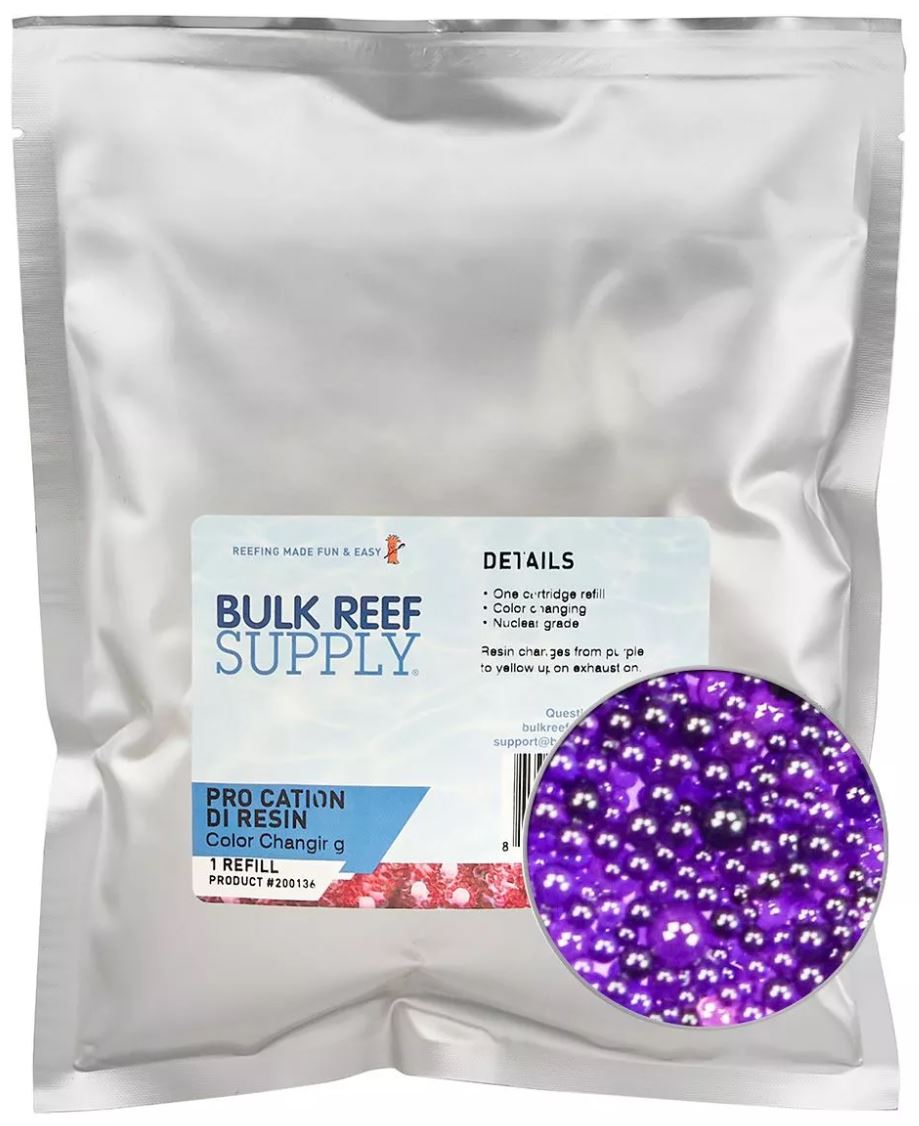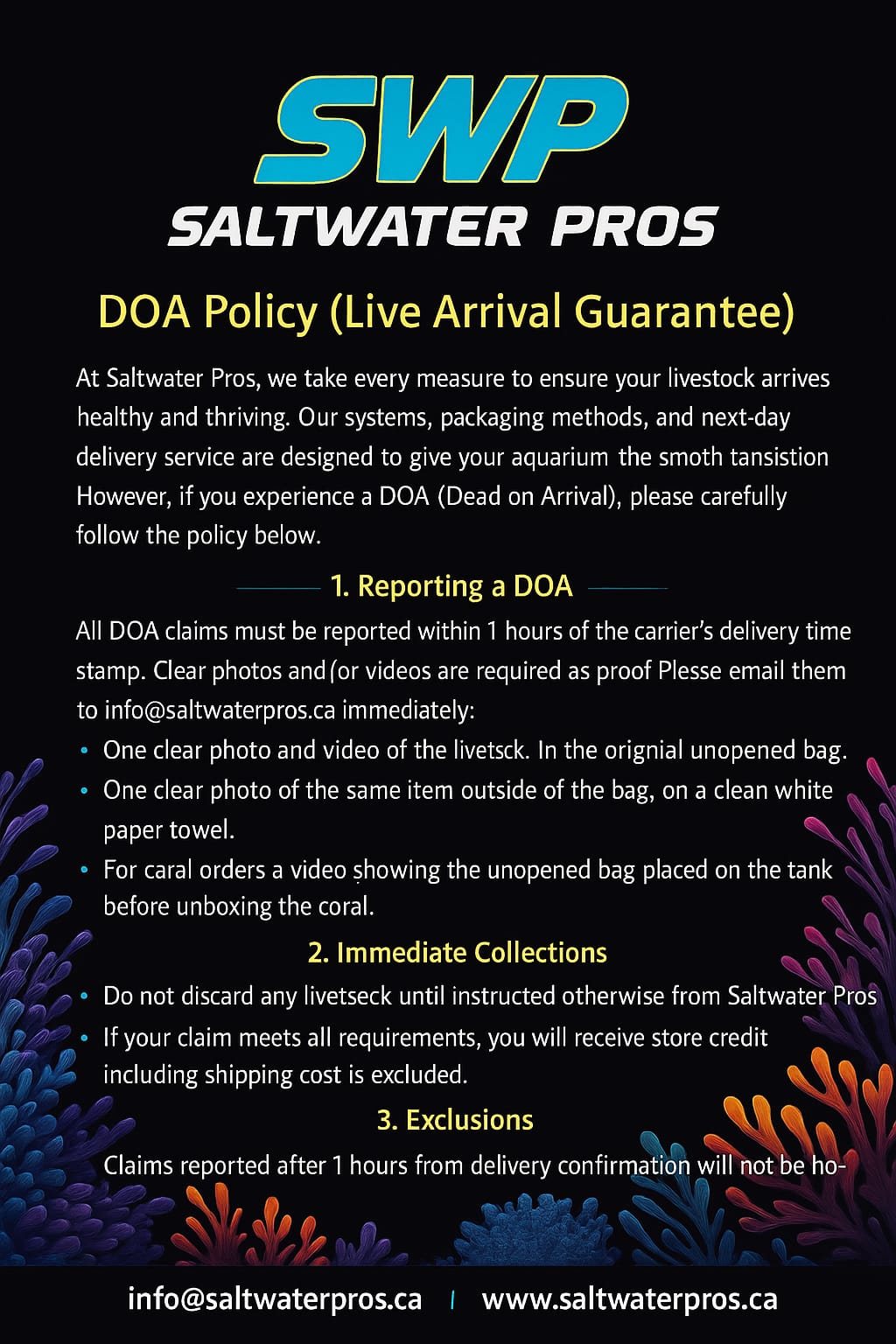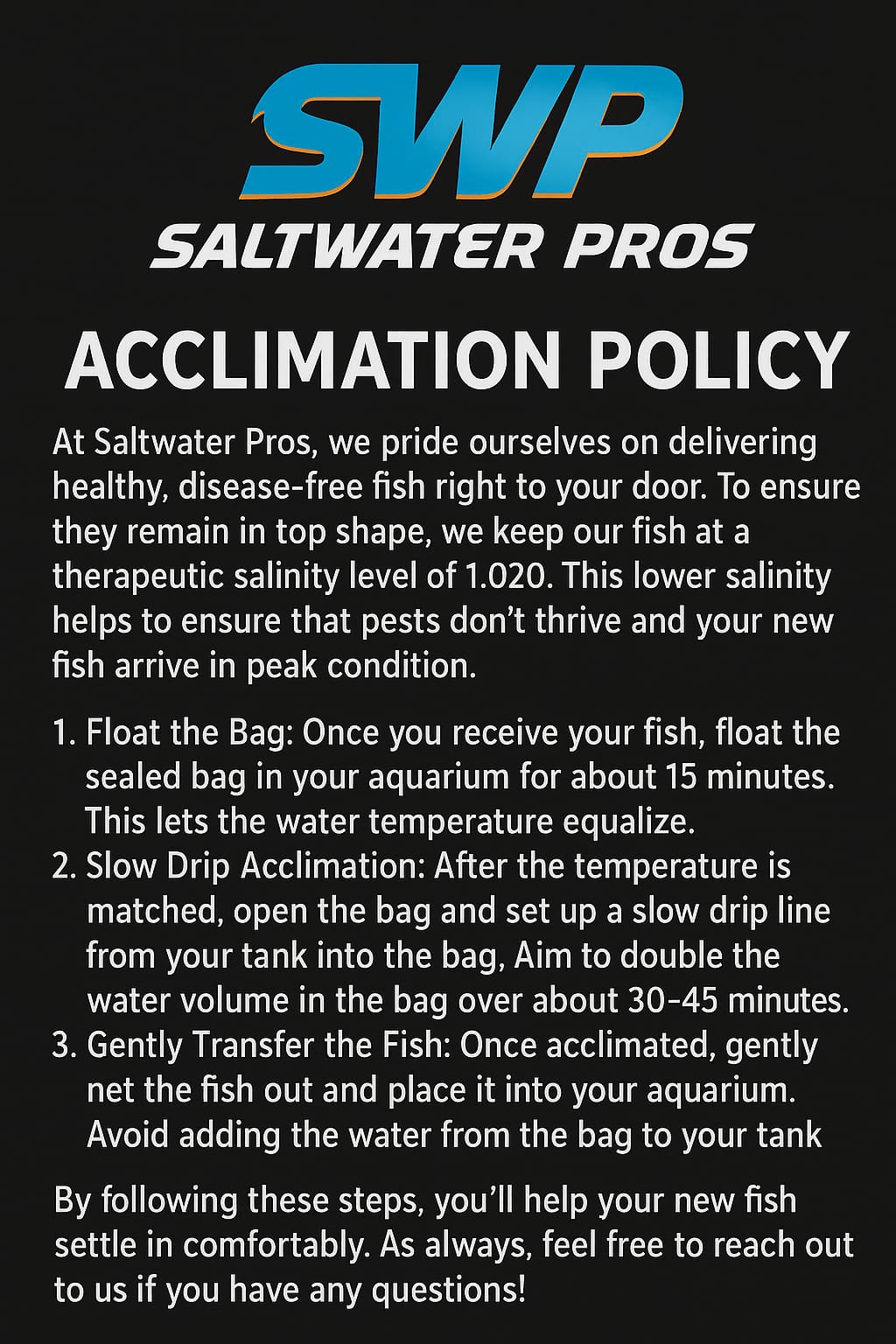Description
Changes from Purple to Amber when exhausted
Cation Mixed Bed Color Changing Resin can be used with any type of RO/DI system that utilizes refillable cartridges, and is great at removing calcium, magnesium, aluminum, iron, and other positively charged ions. Mixed bed DI resins accomplish the exact same task by removing contaminants and delivering 0 TDS water, but depending on contaminants in your water you may want a cation or anion color changing resin for the best results and efficiency!
Deionization Resin
Reverse osmosis systems can remove up to 99% of contaminants from your water, however, they can never remove 100% which is the overall goal for reef tank water. That is where deionization (DI) resin comes into play, by taking place as the last "filter" of a RODI system after the membrane. DI resin is ionically charged as either a cation (+) or anion (-) to exchange hydrogen or hydroxide molecules for contaminants like phosphate, silica, nitrate, sulfate, aluminum, iron, calcium, etc allowing you to achieve 0 TDS water for your aquarium and help eliminate any possible water quality issues. You may or may not know that there are multiple types of DI resin available from mixed bed to single bed resins that you can use depending on what the specific goal is for your water and what is in the water after the RO membrane.
Mixed or Single Bed
Single bed DI resins come in many different flavors, but at heart only contain a single cation or anion that makes up the entire media bed. Single bed resins are commonly used in household water softeners and other applications that require either the positive or negative ion to be removed and exchanged for hydrogen or hydroxide ions. The concentration of a single bed lets you focus on specific issues that you may have with your water without wasting extra resin like a mixed bed resins. Mixed bed resins contain both cations and anions in a single bed of media that will remove both positively and negatively charged ions from the water column. Mixed beds are very common in residential RODI system that is used for reef tanks and other types of aquariums since they are easy to use, but when it comes to efficiency and cost savings, single bed systems are the clear winners.
Cation or Anion
Cation = Positive Charge
Anion = Negative Charge
Choosing a single or mixed bed resin can be hard especially if you do not know exactly what is in your water or how a RO membrane will filter it. In most cases, you can use either the cation or anion mixed bed resins but may notice that a TDS meter is showing that the resin is exhausted before the color has changed completely. That is more than likely due to an excess of the opposite type of ion in your water when compared to the color changing dye used in that resin.
Mixed Bed Cation Resin (purple) - Most commonly used after single bed resins to polish any remaining contaminants. It contains both positive and negatively charged ions and will change from purple to amber as the cation resin is depleted. It is also perfect for single canister DI systems that have an excess of positively charged ions like calcium, magnesium, aluminum, ferrous and ferric iron.
Mixed Bed Anion Resin (blue) - The most commonly used resin in single or dual canister RODI systems and contains both negative and positively charged. The anion beads contain a blue color changing indicator that will turn to an amber color when it is exhausted. This resin is excellent for systems that have an excess of negatively charged ions that are not removed by the membrane, like phosphates, nitrates, sulfates, etc.
Single Bed Cation Resin (purple) - Contains only cation beads that focus on removing positively charged ions from the water that passes through it. As the resin becomes depleted it will change from a purple to amber letting you know at a glance when it is depleted. This is most commonly used as the first stage in a single bed DI system.
Single Bed Anion Resin (blue) - Anion resin focuses on removing negatively charged ions and has a blue color changing dye that will change to amber as it becomes depleted. Single bed anion resin is commonly used as the second stage in a single bed DI system.
Long Shelf Life
BulkReefSupply.com takes pride in the proper packing of our DI Resin. DI resin begins depleting when exposed to air. To avoid this, we package all of our DI resin in foil-lined 4mm Mylar bags to prevent exposure to air that may deplete the resin while it is waiting to be used. Our resin can remain packaged this way for 2 years without losing its capacity. Our bulk DI bags are perfect for reefers who process a lot of water or otherwise go through resin quickly. Keep in mind once the seal is opened the resin can start to deplete. Otherwise, purchase the single refill packs for optimal freshness up to two years.
Specifications:
Polymer Structure: Styrene/DVB
Polymer Type: Gel
Functional Group: Sulfonic Acid (Cation) / Trimethylamine (Anion)
Physical Form: Spherical Beads
Ionic Form (as shipped): Hydrogen/Hydroxide
Column capacity: >0.60 meq/mL
Volume Ratio (Cation/Anion): 40/60 percent
Water Retention: 55 to 60 percent
Screen Size Distribution: 16 to 50 (U.S. Mesh)
Resin Color: Purple (Cation) / Amber (Anion)
To get maximum life from your DI resin please takes the following steps
- Ensure optimal operation of your RO membrane. The higher your membranes rejection rate the fewer TDS your product water will contain resulting in longer lasting resin. The best way to keep the membrane rejection rate up is to monitor and change your prefilters appropriately as well as maintain at least 50psi going into the membrane.
- Ensure the resin is packed in the cartridge securely. The resin should be packed very tightly. When squeezed, there should be almost no flex to the cartridge.
- The initial couple minutes of water from your RO membrane will always be high, this is commonly referred to as TDS creep. Diverting the first few minutes of water down the drain can often greatly reduce DI resin consumption.
- Maintain low levels of carbon dioxide in your water supply. Excess carbon dioxide will deplete DI resin quickly. If you are depleting resin quickly and have already: addressed the two options above, excess carbon dioxide is the likely culprit. You have two choices:
- Collect the water coming from your RO system in a large container, add a powerhead or airstone and allow the CO2 to gas off. Then pump the water through your DI resin.
- Skip all that mess and just buy resin in bulk.
Common Contaminants:
| Molecule Name | Ionic Charge | Removed By |
| Sodium | +1 | Cation Resin |
| Calcium | +2 | Cation Resin |
| Magnesium | +2 | Cation Resin |
| Aluminum | +3 | Cation Resin |
| Ferric Iron | +2 | Cation Resin |
| Ferrous Iron | +3 | Cation Resin |
| Chloride | -1 | Anion Resin |
| Bicarbonate | -1 | Anion Resin |
| Carbonate | -2 | Anion Resin |
| Sulfate | -2 | Anion Resin |
| Nitrate | -1 | Anion Resin |
| Phosphate | -3 | Anion Resin |
| Silcate | -4 | Anion Resin |


